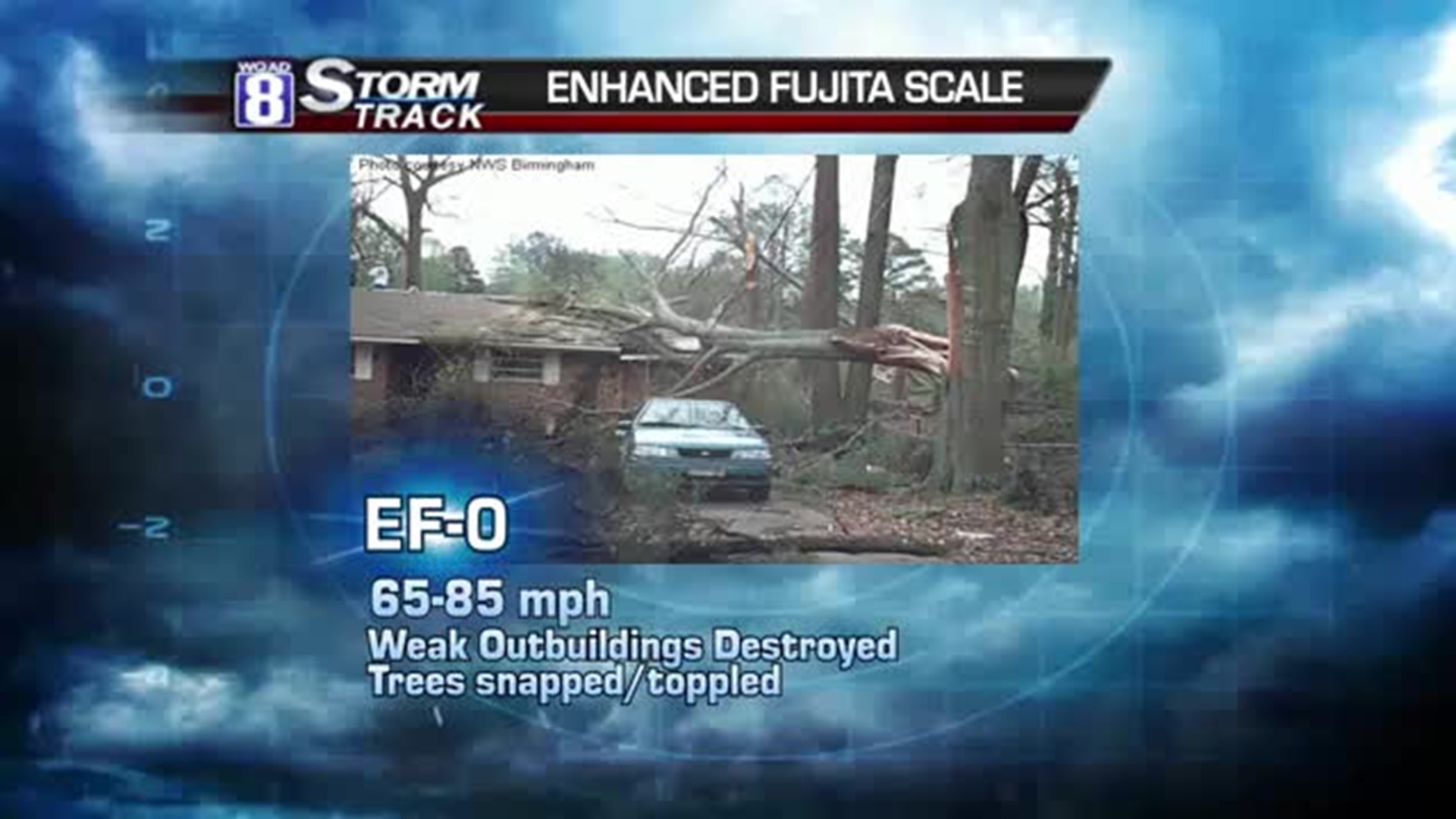That tornado was rated EF-4 on the Enhanced Fujita Scale, making it one of the strongest possible with winds of nearly 200 mph. Why it formed and became so intense is still unknown. However, Meteorologists at the National Weather Service Quad Cities are already studying the details. A technical comparison is going on between the storms in Eastern Iowa (which produced EF-0 and EF-1 damage) and the storms in Northern Illinois which spawned a long-track EF-4 tornado. That assessment is expected later this year.
Talking to several Meteorologists who covered the extreme tornado in Northern Illinois, none admit they could foresee the magnitude in advance. But everyone went on the air encouraging people to prepare for the worst.
At WTVO-TV in Rockford, the tornado plan started coming into place on Monday. Chief Meteorologist Candice King started the conversation with station leaders warning that severe weather was possible Thursday afternoon and to make sure our station had a plan for coverage. Even though there was some uncertainty on Monday, the conversation of severe weather potential also ramped up at WIFR-TV. Chief Meteorologist Mark Henderson started forecasting severe online on Monday and on the air Tuesday. As new model information came in and the threat increased, his wording and coverage ramped up by Thursday.
But do people really pay attention to a severe storm forecast? We know that too few people actually seek shelter during a tornado. During a recent National Weather Association conference, a survey showed that less than 20% of people actually seek shelter during a Tornado Warning. Henderson reports that in the days leading up to the storm a lot of people were asking him if he thought the weather was really going to be bad. People were trying to figure out if it was worth preparing for. While many people were paying attention, King thinks that the idea of severe weather goes on the back burner after a few quiet years.
In order to get the word out, stations in the Quad Cities and Rockford TV markets went to wall-to-wall coverage Thursday. Here on WQAD-TV, we streamed live video of funnel clouds and damage within minutes of the tornadoes touching down. But live, mobile video wasn't the only technology that helped broadcasters tell the story. New technology allowed Meteorologists with the National Weather Service, broadcasters, and emergency managers to be on the same page. The service is called "NWS Chat," a piece of software that was developed by Daryl Herzmann of Iowa State University a few years ago. On Thursday, our weather team worked together to make sure we utilized every tool we had available. As we gathered reports and deemed the threat of dangerous weather was east of our area, we breathed a sigh of relief, not knowing what would soon unfold in Northern Illinois.
"I remember getting a huge lump in my throat seeing the pictures at Grubsteakers." Henderson describes the restaurant that was demolished by the tornado with patrons still inside. "Then the images of Fairdale came in. They were incomprehensible. I had friends in the path of it." King says "What worked best was to remain calm. You can still relay how serious of a situation it was by remaining calm, but firm in your message. I've seen this tornado, it has done damage, and it is headed in your direction. Afterward, I don't think any of us really processed what happened until it was over with. You really didn't have much time to think about the impact."
As the last Tornado Warning expired Thursday night, the weather event turned into a news-gathering event. Rescue crews worked through the night to find out who survived and who didn't. News crews worked through the night to find survivor stories. Then it was onto the rebuilding process that will take months, if not years. But while the memory will fade from most people's minds, it will have a lasting effect on the Meteorologists who covered it.
Coming up on Monday, I will be discussing the importance of tornado education. You'll be surprised to find out why some Meteorologists believe there is some good to come from this tornado. And next week, I'll conclude with a look at the emotional toll these events have on the people in charge of covering them.
Have a good weekend, friends. -Meteorologist Eric Sorensen

